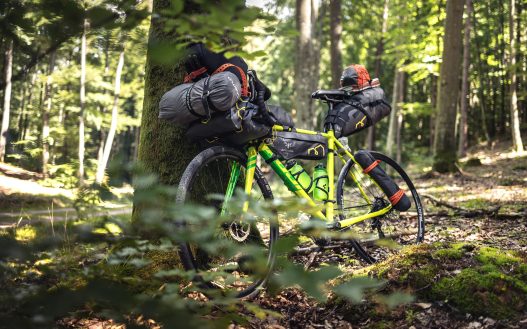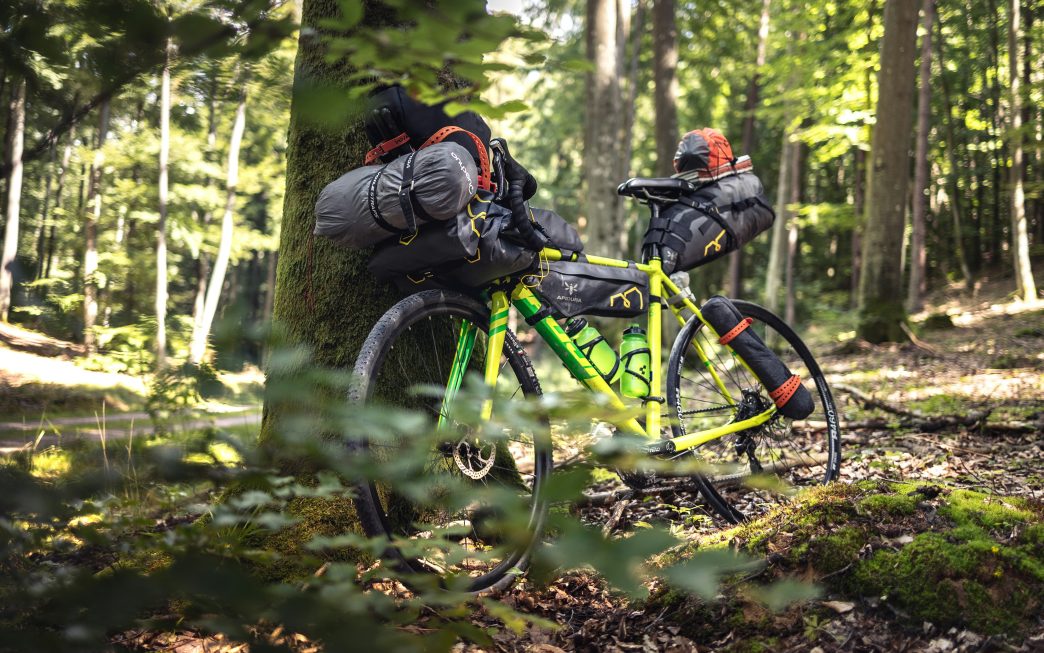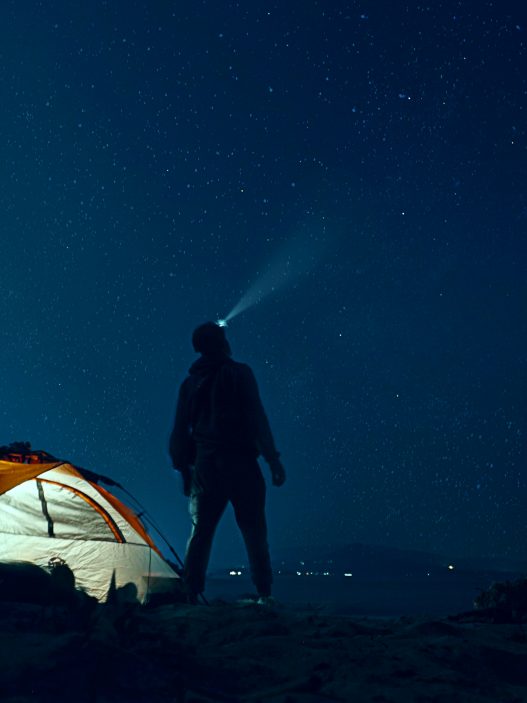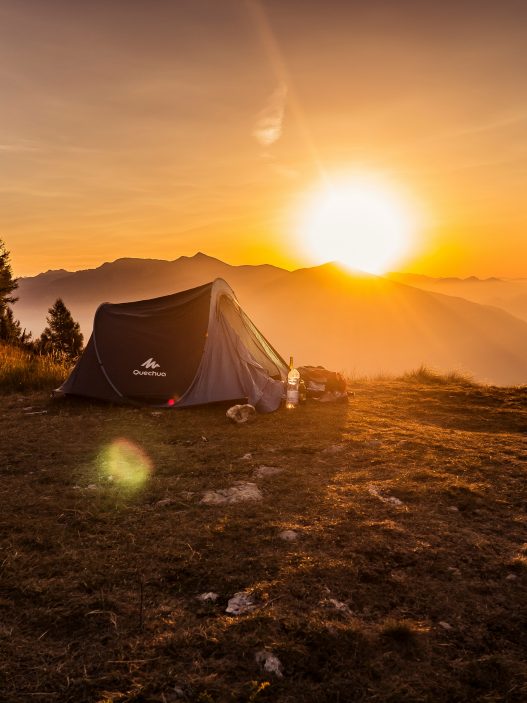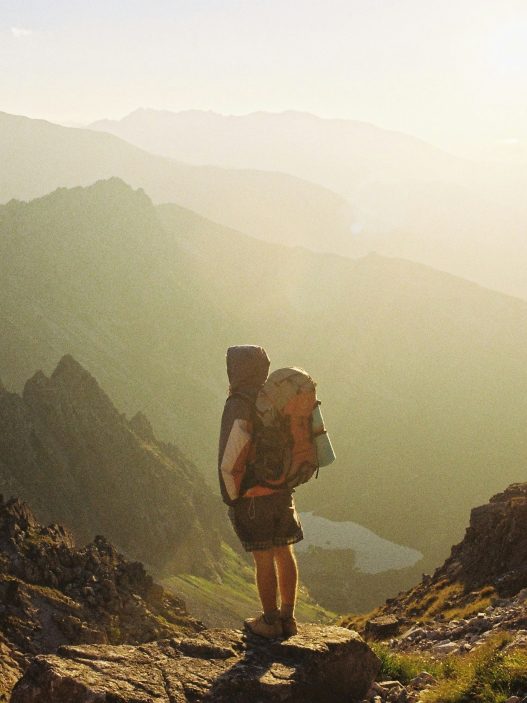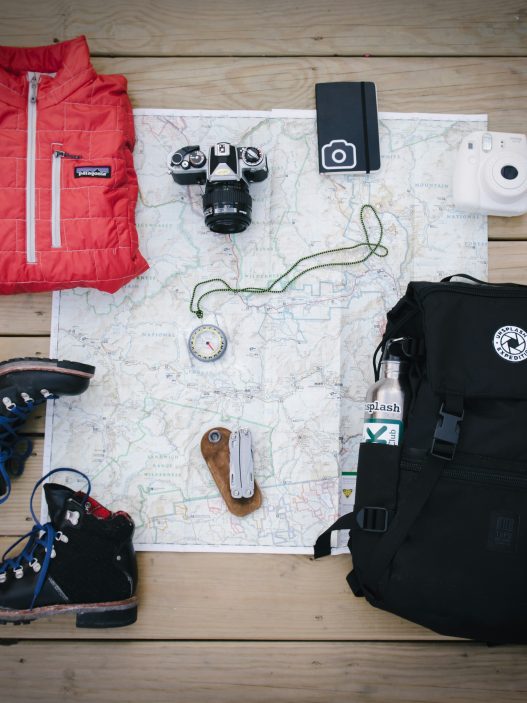Bikepacking has gained immense popularity among outdoor enthusiasts, combining cycling and camping for immersive adventures in nature. Unlike traditional bike touring, which often involves predetermined routes and more significant infrastructure, bikepacking encourages spontaneity, allowing riders to explore remote trails with minimal gear. A sturdy and reliable tent is essential for such excursions, providing shelter and comfort during outdoor stays.
When considering bikepacking tents, weight and packability are critical. Cyclists often face the challenge of balancing comfort with the need to travel light, so a tent that is both compact and lightweight can make a significant difference. Durability against harsh weather conditions is equally important, as unexpected rain or wind can occur while on the road. Features such as ease of setup, ventilation, and interior space should also be assessed to ensure a pleasant camping experience.
We have carefully analysed various models to present the top five bikepacking tents that meet these criteria and can enhance your adventure.
Top 5 Bikepacking Tents
We’ve carefully selected a list of the best bikepacking tents available. These options combine durability, lightweight design, and ease of setup, ensuring you can focus on your adventure without unnecessary hassle. Dive into our top picks to find the perfect tent for your next journey.
Big Agnes Blacktail Hotel
We recommend the Big Agnes Blacktail Hotel Bikepacking Tent for its durability and thoughtful design, making it a reliable choice for any biking adventure.
Pros
- Lightweight and compact, ideal for bikepacking.
- Ample headroom and spacious vestibules for gear storage.
- Easy setup with reflective guylines for low-light conditions.
Cons
- Slightly heavier compared to simpler models.
- Packing can be a bit restrictive due to its design.
- Some may find it on the pricier side.
We’ve recently used the Big Agnes Blacktail Hotel on a bikepacking trip and were impressed by its balance of weight and sturdiness. The tent’s short poles made it easy to pack onto our bike without compromising space. The thoughtful design also includes a space to store our helmets outside, which was a nice touch when we arrived at our campsite.
Setting up the tent was straightforward, even in variable weather conditions. The two vestibules provided great protection for our gear during unexpected rain, and they also offered enough space to keep everything organised and dry. The reflective guylines were especially helpful during dusk, making it easy to secure the tent without unnecessary fuss.
In terms of comfort, it easily accommodates two people with room to spare. Having the ability to enter from either side is a game changer, especially when both of us needed access. It’s a solid investment for anyone looking to elevate their bikepacking experience, as it combines practicality with comfort.
Big Agnes Copper Spur HV UL Ultralight Bikepacking Tent
This tent is an exceptional choice for our bikepacking adventures, offering a perfect blend of lightness and utility.
Pros
- Lightweight design, making it easy to carry.
- Quick and intuitive setup with innovative features.
- Ample storage with vestibules and pockets.
Cons
- Material can feel delicate; care is needed to avoid punctures.
- Price point may be higher than some alternatives.
- Limited space for gear inside; best suited for minimalist trips.
We found the Big Agnes Copper Spur HV UL tent to be a game-changer on our recent rides. The design is impressively lightweight, making it a joy to carry on our bikes without feeling weighed down. Its two-door layout and spacious vestibules provided excellent gear storage, and the overall setup was surprisingly quick. The unique TipLok system simplified our pitching process, allowing us to secure the tent with ease.
On the downside, the tent’s ultralight fabric may require extra caution. We noticed how easily it could get small punctures if we weren’t careful while setting it up. While it offers great space for one person, those looking to pack extra gear might find it a tad tight inside.
In our experience, the Copper Spur HV is particularly well-suited for those prioritising weight and space when bikepacking. We appreciated the thoughtful design that includes features like a helmet storage system and multiple ventilation options. While it comes at a premium price, the blend of quality and performance makes it a worthwhile investment for those serious about their bikepacking trips.
Naturehike Bikepacking Tent
This tent is a solid choice for those seeking a reliable, lightweight option for solo bikepacking adventures.
Pros
- Very easy and quick to set up.
- Excellent waterproofing and wind resistance.
- Comes with a footprint, adding extra value.
Cons
- Limited space for gear inside.
- Can be a bit snug for taller individuals.
- The vestibule could be larger for better pack storage.
We recently tested the Naturehike Bikepacking Tent during a weekend getaway, and it exceeded our expectations. The setup was incredibly straightforward; we had it up in under five minutes, even without prior experience.
When it comes to weather protection, this tent shines. We encountered heavy rain and wind throughout the night, yet we stayed dry and secure inside. The sturdy 7001 aluminium poles held firm, and we appreciated the taped seams that truly kept the water out.
While the interior offers just enough space for one person to sleep comfortably, managing gear can be a challenge. If your pack fits under the small vestibule, that’s great, but you may need to think creatively with space if you carry extra gear. Overall, this tent is a practical solution for anyone serious about bikepacking.
MSR Hubba Hubba Bikepack 2 Person Tent
A solid choice for anyone needing a compact and versatile bikepacking tent.
Pros
- Extremely lightweight, making it easy to carry.
- Ample internal space with thoughtful organisation features.
- Reliable waterproofing for adverse weather conditions.
Cons
- Can be slightly pricey compared to other options.
- Limited pole structure may affect sturdiness in high winds.
- Setup might be tricky without prior experience.
In our recent journey, we relied on the MSR Hubba Hubba Bikepack tent, and it truly lived up to its reputation. Packing down to a small size, it fits snugly on our handlebars, which is a big perk for bike touring. The lightweight DAC poles made a noticeable difference in minimising bulk without sacrificing stability.
The internal space is fantastic, featuring a true rectangular floor plan that comfortably accommodates two sleeping pads without overlap. We appreciated the multiple gear lofts and pockets—these kept our essentials neatly organised and our wet gear ready to dry overnight. The handy internal cable pass-throughs allowed us to keep our devices charged, which was a thoughtful touch we didn’t expect.
Rain tried to dampen our spirits but failed, thanks to the DuraShield waterproof coating. Even in a downpour, we felt secure inside. Setting it up took us under five minutes once we got the hang of it, although we had to remember the specific pole placements. Overall, this tent is well worth considering for your next bikepacking venture.
MSR Hubba Hubba Bikepack
The MSR Hubba Hubba Bikepack impresses with its thoughtful design for bikepacking and is definitely worth considering for your next adventure.
Pros
- Lightweight and compact, making it ideal for tight storage on bikes.
- Multiple internal pockets and gear lofts keep everything organised and dry.
- Excellent headroom allows for comfort inside the tent.
Cons
- Slightly pricier compared to some other options on the market.
- Assembly can be challenging in windy conditions.
- Limited space for gear if used just as a one-person tent.
After using the MSR Hubba Hubba Bikepack, we found that its lightweight construction makes a significant difference during long rides. We appreciated how the DAC NSL poles fold up short enough to fit comfortably on our handlebars without compromising space. When the weather turned, its durable, waterproof rainfly protected us effectively, keeping our gear dry.
The tent’s smart design, with ample internal pockets and clotheslines, allowed us to manage our belongings conveniently. Even on damp nights, wet gear dried quickly, thanks to the thoughtful ventilation and layout. The true rectangular floor plan maximised our sleeping space, providing us with a comfortable area to rest after a long day of cycling.
While the price is on the higher side, the benefits far outweigh the cost for us. It stands as a reliable option for bikepacking, balancing weight, functionality, and comfort. In conclusion, if you seek a tent that stands up to the rigours of the road while offering convenience, the MSR Hubba Hubba Bikepack is a solid choice.
Buying Guide
When selecting a bikepacking tent, we should consider several crucial factors to ensure a comfortable and efficient experience.
Weight and Packability
Our tent should be lightweight and easy to pack. Look for options weighing under 2 kg and ones that compress well for storage.
Weather Resistance
We need to check for durable materials and waterproof ratings. A tent with a high hydrostatic head rating will provide better protection against rain.
Space and Comfort
It’s essential to balance space and weight. A tent that accommodates our height and gear without feeling cramped is ideal.
Setup Ease
We must also consider how quickly and easily a tent can be pitched. Look for features like colour-coded poles and simplified setups.
Ventilation
Good airflow helps prevent condensation. Tents with mesh panels or vents can improve comfort during warm nights.
| Feature | Importance |
|---|---|
| Weight | Light for easy transport |
| Weather Resistance | Keeps us dry in wet conditions |
| Space | Comfortably fits our gear |
| Setup Ease | Fast pitching saves time |
| Ventilation | Reduces condensation and increases comfort |
Taking these aspects into account will help us make an informed decision when choosing the best bikepacking tent for our adventures.
Frequently Asked Questions
In this section, we address common queries regarding bikepacking tents. We will explore key features, suitable options for different group sizes, and practical strategies for carrying tents on bikepacking adventures.
What are the key features to look for in a 2-person bikepacking tent?
When selecting a 2-person bikepacking tent, we should focus on weight, packability, and durability. Features like a waterproof fly, good ventilation, and easy setup are essential. Opt for materials that resist wear and tear, considering the conditions we might encounter on our trips.
How do I choose the most suitable 1-person tent for bikepacking?
Choosing a 1-person tent requires assessing our space needs and weight preferences. Look for options that offer adequate headroom and storage while being lightweight. A tent with a smaller footprint can be beneficial for tight camping spots, and ensure it has good weather resistance.
Can you recommend a bikepacking tent that balances weight and space for three persons?
For three persons, we recommend looking for tents around 4 to 6 kilograms. Options like the MSR Hubba Hubba NX or the Big Agnes Copper Spur HV UL3 provide a good balance of weight and livable space. These tents typically offer sufficient room for sleeping and gear storage without sacrificing portability.
What are some of the best budget-friendly options for bikepacking tents available?
Budget-conscious options include tents like the Naturehike Cloud Up and the REI Co-op Flash Air. These provide reliable performance without breaking the bank. Key features to consider are weight, ease of setup, and weather protection, which can usually be found in more affordable models.
Is there a significant weight difference between standard and bikepacking tents?
Yes, bikepacking tents are generally lighter than standard camping tents. They are designed with lightweight materials and streamlined features to reduce weight. This makes them easier to transport on a bike, where every gram counts.
What strategies can be employed to effectively carry a tent on a bikepacking trip?
To carry a tent efficiently, we should secure it to our bike frame or use a rear rack. Placing it in a waterproof bag keeps it protected from the elements. Distributing the weight evenly across our gear will enhance stability and comfort during our ride.


